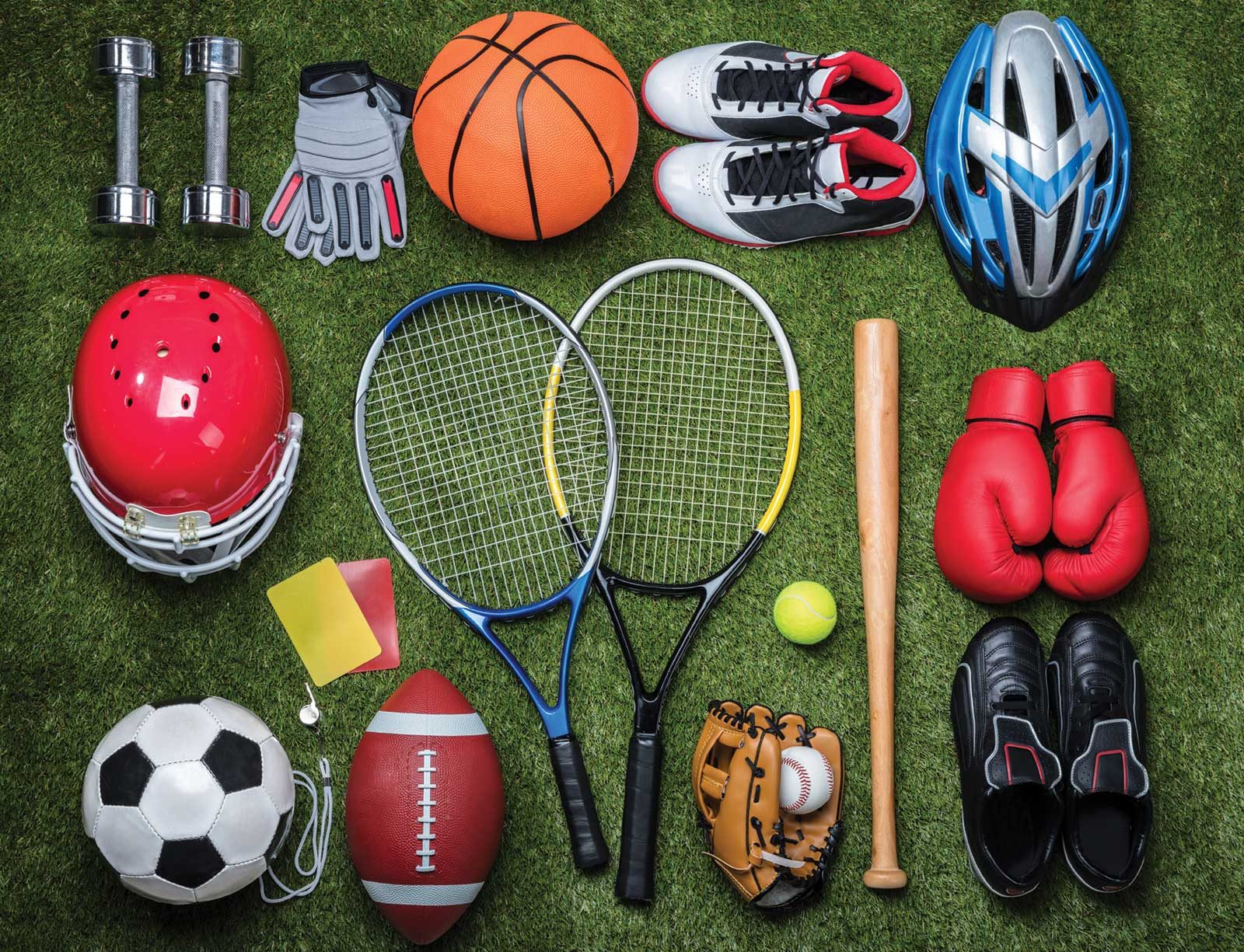Focusing on the Fundamentals

Prevent family sports injuries through proper training.
Most contact sports injuries are unable to be prevented, such as tearing an ACL or suffering a concussion. However, noncontact injuries like tendon, ligament, or muscle tears are usually developed over time, so they can be prevented. There are many ways to prevent these injuries, but prevention should be rooted in two things – proper training and consistency.
The MU Human Performance Institute, or MU HPI, provides proper training to athletes by following the Long-Term Athlete Development model. This approach to training can be started with children as young as six years old, however, it works well for all ages. In the training world, chronological age doesn’t matter as much as someone’s training age.
Garrett Buschjost, head trainer and supervisor for MU HPI, makes a point of saying, “If you came to me year one, you’re a novice to me no matter what age you are.”
Unfortunately, proper training is often overlooked by athletes. Many athletes will play a sport all day, every day and never train, which causes those noncontact injuries to wreak havoc on their body later.
Garrett puts it simply, “If athletes don’t start any training until they’re older, it’s like not starting mathematics until high school.”
“Sometimes we even have professional athletes doing what our younger kids are doing,” Garrett says. “Some people look at that as weird because they are very high-level athletes, but people forget that just because they are high-level athletes doesn’t mean they are highly trained.”
Athletes training through MU HPI start off with two things: getting active and focusing on fundamentals. Basic moves and basic form are the core of their training programs. Their motto even puts it eloquently: Doing basic things savagely well.
Too many noncontact injuries build up over time because young athletes are hyper-focused on the amount of weight they’re lifting and not their form or technique. Garrett advises athletes to focus on form, technique, and consistency. Eventually, results will come, but the process of achieving goals is more important and is the safest way to improve in a sport while also avoiding injuries.
After athletes learn the basics, they start learning how to train. They then learn training to train, training to compete, and finally, training to win. Garrett has three tips parents can implement for their child athletes that will encourage proper training and help in preventing injuries.
Encourage multi-sport participation. Don’t let your kids specialize too early because a lot of training in different sports overlap and will provide useful tools in another sport.
From a sporting standpoint, focus on development over wins. Don’t put too much pressure on your kids to win. Instead, focus on how they can continue to improve themselves. Too much pressure will inevitably cause athletes to push themselves in unhelpful ways that can eventually lead to injury.
From a training standpoint, don’t program hop. “You won’t see any progress going from one program to the next.” Garrett says. “Instead, ask the trainer questions to see why they are doing what they are doing. Besides that, trust the process.”


